7 Steps to Establishing a Sound Business Continuity Strategy
MHA Consulting
FEBRUARY 2, 2023
Follow these seven steps to implement a BC strategy that can help you swiftly recover your business processes in the event of an outage. A good BC strategy can help you swiftly recover your critical business processes in the event of a disruption, identify gaps that need to be remediated, and determine what training is necessary.



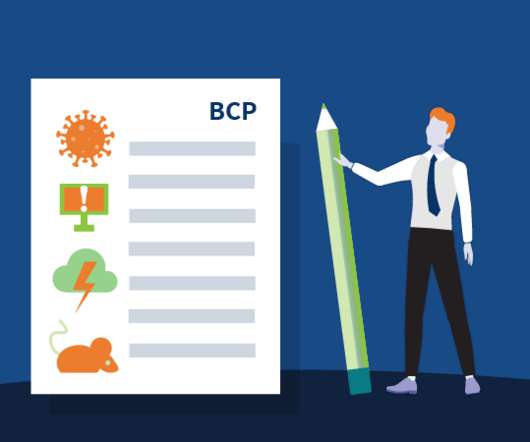
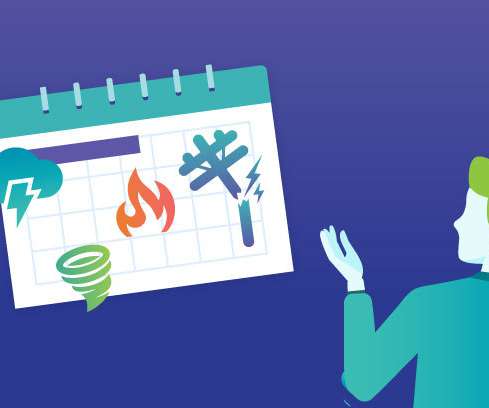

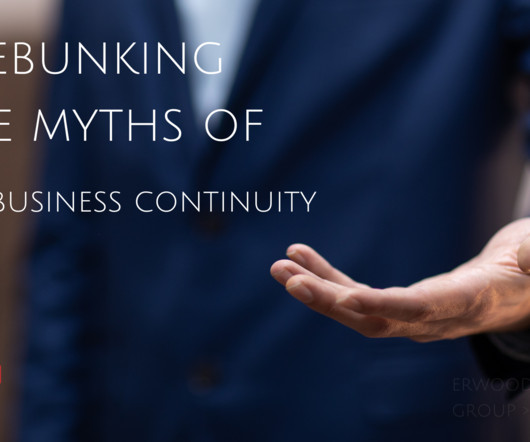
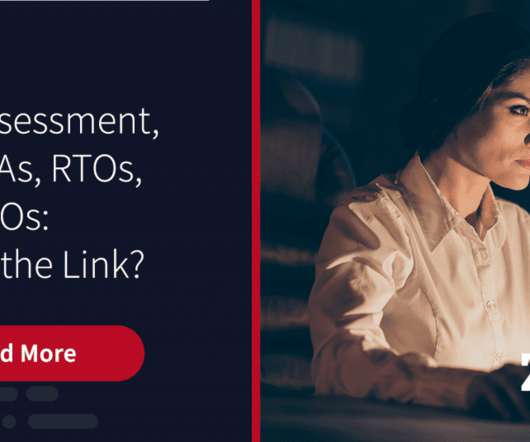
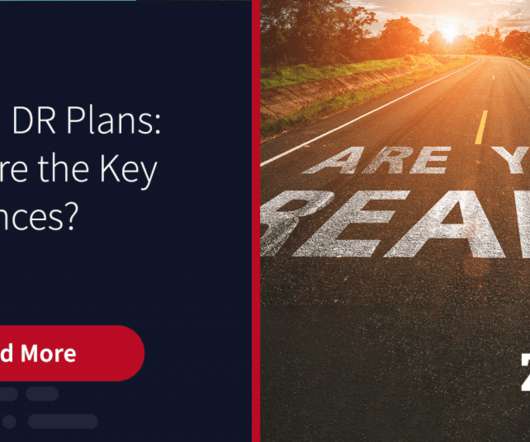










Let's personalize your content